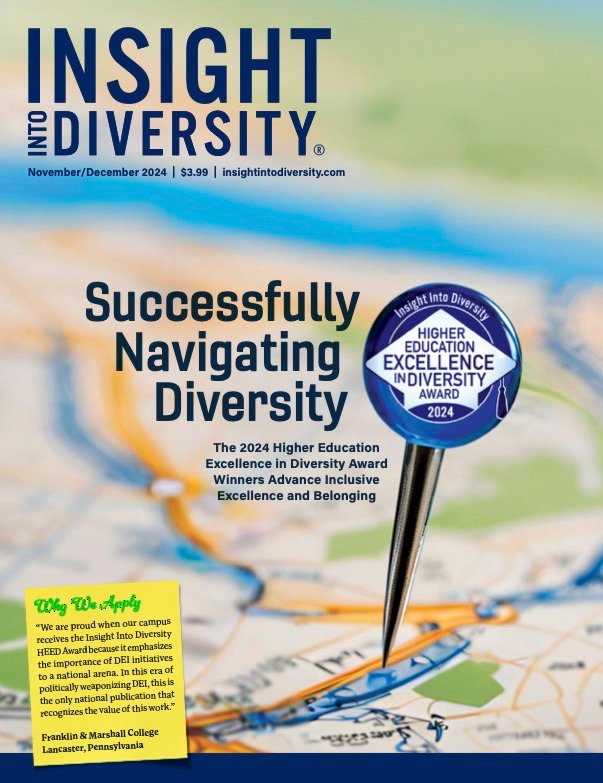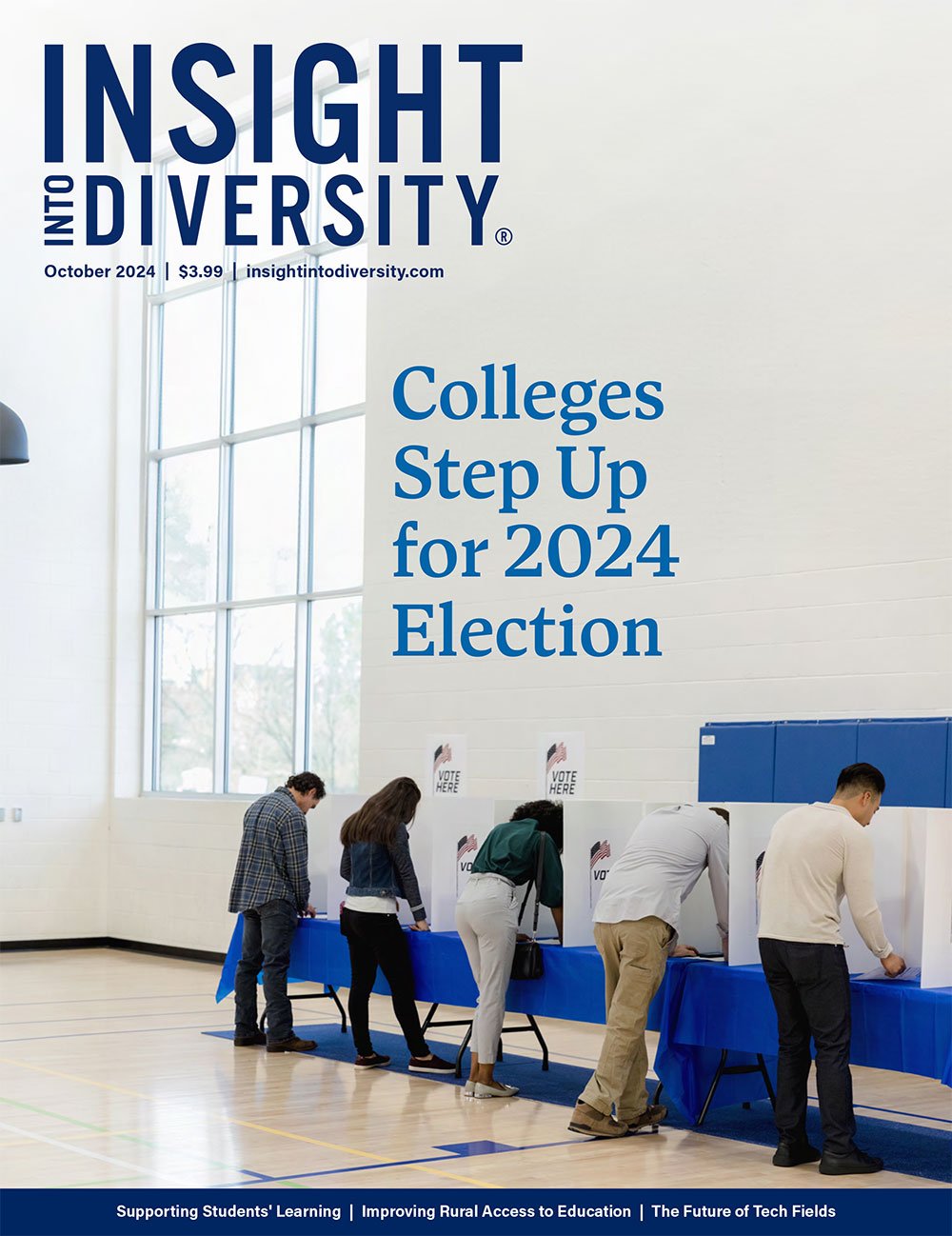Despite a surge in overall college attendance over the past century, low-income students remain significantly underrepresented at the nation’s elite colleges and universities, according to a new working paper by the National Bureau of Economic Research.
Authored by researchers from Stanford University, the University of California, Davis, and Brigham Young University, the study analyzes the socioeconomic backgrounds of approximately 2.5 million students attending 65 top U.S. colleges from 1915 to 2013.
Their findings highlight a persistent inequity. While lower-income students’ overall college attendance has risen from 8% in the 1920s to nearly 20% for women and 13% for men today, their representation at elite institutions has stagnated at about 5% throughout the century.
Key historical shifts, including the introduction of the G.I. Bill and standardized testing, had little impact on increasing access for low-income students at elite schools. The study also notes a rebound in upper-income student representation since the 1980s, often at the expense of middle-income students.
Racial and geographic diversity, however, has improved over time. Elite colleges, once almost entirely white before the 1960s, now enroll 5-7% Black students and have seen an increase in international and out-of-region enrollees. Despite these gains, the researchers caution that most of this diversity has occurred within the middle and upper socioeconomic classes.
The authors suggest that recent efforts, such as expanding need-based financial aid and implementing early outreach programs like the National Education Equity Lab, could improve socioeconomic diversity. However, they stress that meaningful change has historically been difficult to achieve.
This study underscores the enduring challenge of making elite higher education more inclusive, even as broader access to college has transformed the American education landscape.



















